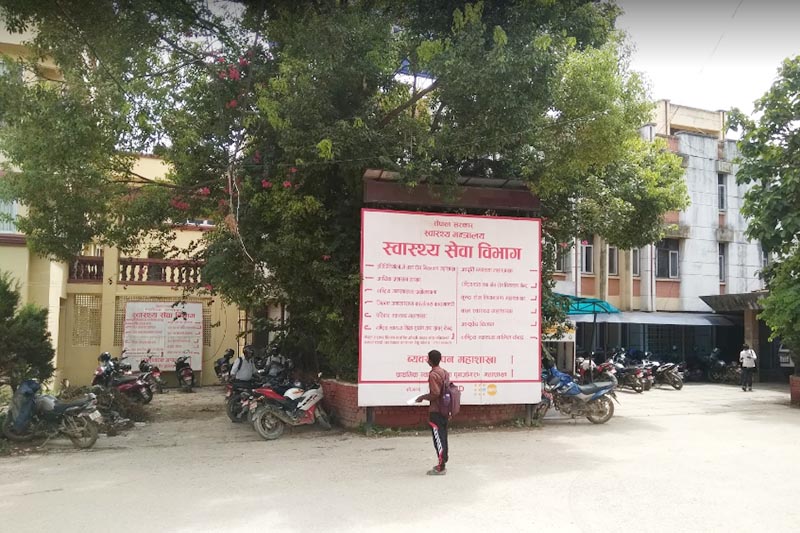State-run hospitals short of nurses
Kathmandu, January 5
Government health centres across the country are facing acute shortage of nurses as authorities have hired only a third of the required human resources.
These health centres need a total of 46,000 nurses. But only 15,000 have been employed so far, according to Nursing and Social Security Division under the Department of Health Services.
“There is this deficit because the government has not increased the number of posts for nurses in the last 26 years despite the rise in the number of beds in hospitals,” said Roshani Tuitui, director of Nursing and Social Security Division.
State-owned Bir Hospital, the largest hospital in Nepal, for example, has 460 beds but it has only 265 nurses. “We need additional 400 nurses to deliver proper services,” said the hospital’s director Dr Kedar Century. The hospital, according to Dr Century, has not been able to run cardiology and critical care units ‘properly’ because of ‘shortage of nurses’.
The hospital is soon opening a surgical unit in its new building. “For this, we need additional 600 nurses,” Century said.
Kanti Children’s Hospital is facing a similar problem. It has 325 beds but only 158 nurses are employed. The hospital has been requesting additional 40 nurses for quite some time, but authorities concerned have not responded.
“If we are to enhance our quality we must recruit more nurses immediately. We also need to retain them. Nurses are leaving jobs and going abroad seeking better opportunities,” said Dr RP Bichha, director of Kanti Children’s Hospital.
Doctors like Bichha worry that shortage of nurses may affect healthcare services, posing a threat to patients’ lives. Shortage of nurses, according to doctors, can also hit patient satisfaction rate, increase medication errors and make them fatigued.
“It is stressful for nurses to attend too many patients. This is the reason why they are blamed for not attending to patients, rude behaviour and failing to provide services on time,” said Laxmi KC, former nursing inspector at Bir Hospital.
Nurses in these hospitals often find themselves stretched to a breaking point during outbreak of diseases, when the number of patients surges. “We experienced this during the recent dengue outbreak,” said Sadiksha Parajuli, staff nurse at Sukraraj Tropical and Infectious Disease Hospital.
One nurse should serve only six patients in a general ward, four in paediatric unit, and one in intensive care unit with a ventilator, according to the government. It is also ideal to have at least two nurses for a single operation table and during delivery. “When nurse-to-patient ratio is not maintained we can’t give medication on time or check their blood pressure, pulse rate and temperature et cetera at required intervals,” said Parajuli.
The government says it understands the problem of state-owned healthcare facilities. “And we are collecting data on the number of nurses to be hired,” said Tuitui. But state-owned hospitals are not convinced with the government’s response, because it gave similar assurances in the past as well.
Nepal produces around 7,500 nurses per year. So far, 90,817 nurses, auxiliary nurse midwives and foreign nurses are registered with the Nepal Nursing Council.






